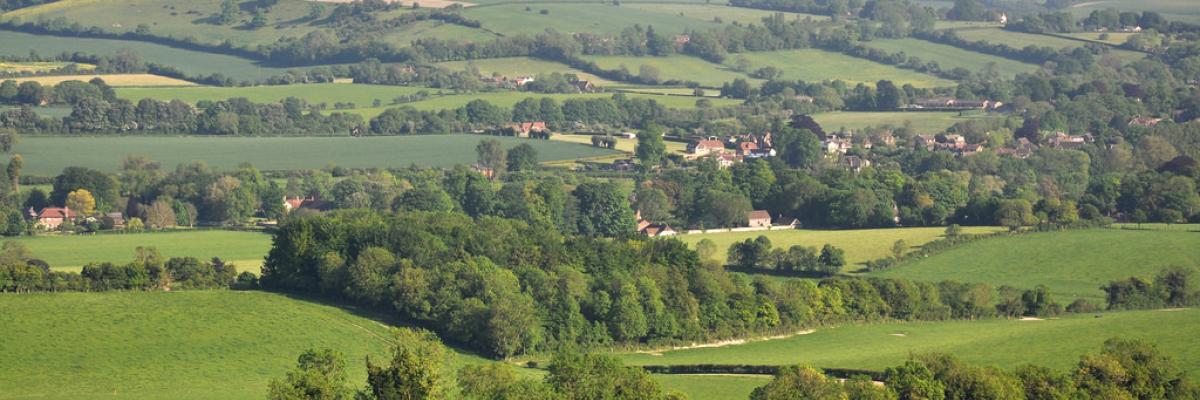

Landscape-scale conservation
Wildlife & Farming handbook
Wildlife & Farming handbook
Download the PDF
Resource explained:
To conserve wildlife, habitat management has traditionally been carried out at individual farm levels. Landscape-scale approaches encourage partnerships across neighbouring farms to help improve the overall quality of the wider landscape, increase connectivity, and reduce habitat fragmentation. This chapter from WildCRU’s Wildlife & Farming handbook summarises key information on landscape-scale conservation and highlights two partnership projects, one on the Chichester Plain and the other in the Upper Thames, which show the benefits of landscape-scale approaches for farmland wildlife.
Findings & recommendations:
- Landscape-scale conservation can help safeguard species-rich areas and help join them up by creating habitat corridors and ‘stepping stones.’ More connections between habitats will help wildlife to move across the landscape.
- Some mobile groups, such as bats or birds, may use large areas and landscape-scale conservation projects may be best suited to meet their habitat needs.
- Some habitats can only be conserved effectively by a landscape-scale approach. For example, the health of a river is affected by management of all the land in the catchment. Actions to improve river quality will be much more effective if they are carried out across the whole landscape through which the river flows.
- Two WildCRU landscape-scale projects, on the Chichester Plain and in the Upper Thames, show how partnership working across landscapes can deliver great benefits for wildlife.
